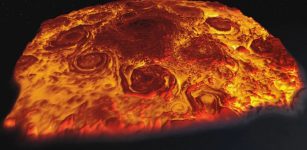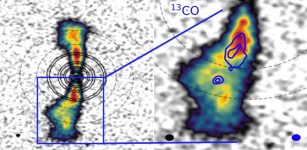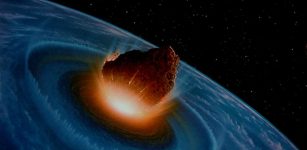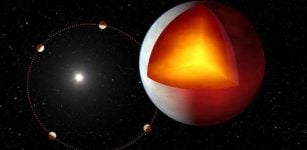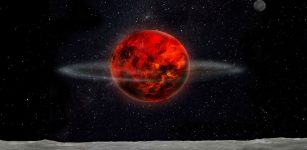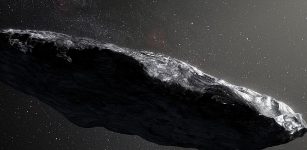How Much Does Our Galaxy Weigh? Hubble And Gaia Investigate
Eddie Gonzales Jr. – MessageToEagle.com – The Milky Way weighs in at about 1.5 trillion solar masses (one solar mass is the mass of our Sun), according to the latest measurements.
Only a tiny percentage of this is attributed to the approximately 200 billion stars in the Milky Way and includes a 4-million-solar-mass supermassive black hole at the center. Most of the rest of the mass is locked up in dark matter, an invisible and mysterious substance that acts like scaffolding throughout the universe and keeps the stars in their galaxies.
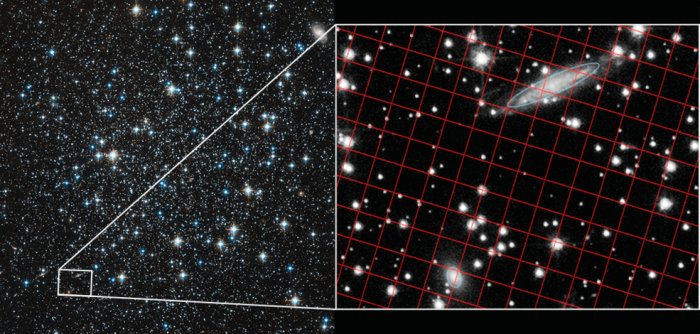
“We want to know the mass of the Milky Way more accurately so that we can put it into a cosmological context and compare it to simulations of galaxies in the evolving universe,” Roeland van der Marel of the Space Telescope Science Institute (STScI) in Baltimore, Maryland, said in a press release. “Not knowing the precise mass of the Milky Way presents a problem for a lot of cosmological questions.”
The lightest galaxies are around a billion solar masses, while the heaviest are 30 trillion, or 30,000 times more massive. The Milky Way’s mass of 1.5 trillion solar masses is fairly normal for a galaxy of its brightness. The new mass estimate puts our galaxy on the beefier side, compared to other galaxies in the universe. The lightest galaxies are around a billion solar masses, while the heaviest are 30 trillion, or 30,000 times more massive. The Milky Way’s mass of 1.5 trillion solar masses is fairly normal for a galaxy of its brightness.
Astronomers used Hubble and Gaia in the research. Gaia creates a precise three-dimensional map of astronomical objects throughout the Milky Way and track their motions. Hubble has a smaller field of view, but it can measure fainter stars and therefore reach more distant clusters.
The new study augmented Gaia measurements for 34 globular clusters out to 65,000 light-years, with Hubble measurements of 12 clusters out to 130,000 light-years that were obtained from images taken over a 10-year period.
When the Gaia and Hubble measurements are combined as anchor points, like pins on a map, astronomers can estimate the distribution of the Milky Way’s mass out to nearly 1 million light-years from Earth.
These calculations based on the precise measurements of globular cluster motion from Gaia and Hubble enabled the researchers to pin down the mass of the entire Milky Way.
Written by Eddie Gonzales Jr. – MessageToEagle.com Staff Writer



